- Home
- Best Pet for Me
- Monitor Lizard Care: Essential Tips on Caring for Your Pet
Monitor Lizard Care: Essential Tips on Caring for Your Pet
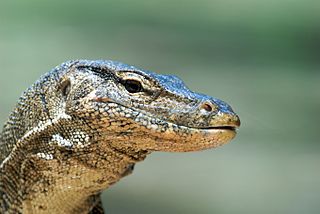 https://commons.wikimedia.org/wiki/File:Monitor_Lizard_(3679435488).jpg
https://commons.wikimedia.org/wiki/File:Monitor_Lizard_(3679435488).jpgMonitor lizard care involves understanding the specific needs of various types of monitors.
There are many different species, such as Savannah monitors, which are medium-sized, and Ackie dwarf monitors, which are smaller.
Komodo dragons are giant monitor lizards and should not be kept as pets due to their immense size and care requirements.
Monitors are considered more difficult to care for because of their powerful tails, sharp teeth, and claws.
Larger monitor species require a lot of space in their enclosures to roam and exercise, while all monitors need a carefully maintained environment to thrive.
Monitor Lizard Care: Understanding These Fascinating Yet Demanding Pets
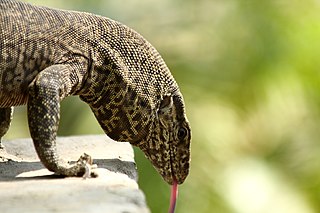 https://commons.wikimedia.org/wiki/File:Licking_Monitor_Lizard.jpg
https://commons.wikimedia.org/wiki/File:Licking_Monitor_Lizard.jpgMonitor lizard care involves lots of challenges that make them more suitable for experienced reptile keepers.
There are many different species of monitor lizards, ranging in size and temperament.
Savannah monitors are medium-sized and relatively manageable, while Ackie dwarf monitors are smaller, making them a bit easier to care for.
On the other end of the spectrum, you have the Komodo dragon—an enormous species that is not suitable as a pet due to its size, strength, and specialized care needs.
Regardless of species, monitor lizards are known for their strength and agility, which can pose difficulties for pet owners.
These lizards are not usually "cuddly" pets and can be aggressive if they feel threatened.
Their bites can cause serious injury, and their sharp claws and powerful tails are often used as weapons when the lizard is frightened or stressed.
In the wild, monitor lizards use these tools to defend themselves, and the same behavior can be observed in captivity, especially if the lizard feels cornered or improperly handled.
Due to their aggressive tendencies, monitor lizard care requires extra attention to their temperament and proper handling.
It's important to maintain a calm and secure environment for them, avoiding excessive stress that can lead to aggression.
Proper training and consistent interaction are essential to fostering a positive relationship with your monitor, and their enclosures must be large, secure, and equipped with appropriate hiding spaces, climbing structures, and temperature regulation to meet their needs.
In conclusion, while monitor lizards can be fascinating companions, their care is demanding.
They require a lot of space, attention, and respect for their natural behaviors.
Only committed and experienced reptile enthusiasts should consider adding a monitor lizard to their household.
Monitor Lizard Care: Building Trust and Managing Aggression
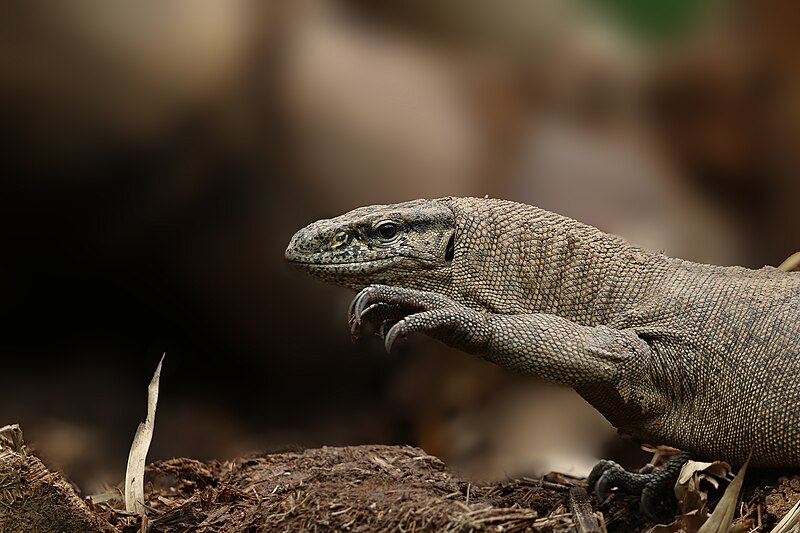 https://commons.wikimedia.org/wiki/File:Bengal_monitor_(Varanus_bengalensis)..jpg
https://commons.wikimedia.org/wiki/File:Bengal_monitor_(Varanus_bengalensis)..jpgMonitor lizard care involves not only providing the proper environment and nutrition but also understanding their behavioral needs.
While monitor lizards can be fascinating and rewarding pets, they require a certain level of patience and consistency, especially when it comes to handling.
Unlike some reptiles, monitor lizards can be trained to tolerate human handling.
With regular, gentle interaction, they can become accustomed to being touched and may even enjoy the attention over time.
However, it’s crucial to approach them calmly and without force, as sudden movements or rough handling can cause stress and provoke aggression.
If monitor lizards are handled frequently and with care, they will often become more docile and tolerant of human interaction.
On the other hand, if monitor lizards are left alone for long periods without proper socialization or handling, they may become more aggressive when someone attempts to engage with them.
Monitor lizards are naturally curious and territorial creatures, and if they feel neglected or threatened, they are more likely to react defensively.
This can result in biting, tail whipping, or aggressive posturing, so it's important to establish trust early on.
Incorporating positive, gentle handling into monitor lizard care will help build a bond of trust and minimize potential aggression.
Providing them with the space to retreat and rest when they feel overwhelmed is also essential to ensuring their well-being and comfort.
In conclusion, monitor lizard care isn’t just about physical needs; it’s also about understanding their behavior and temperament.
With consistent, careful attention, you can create a positive relationship with your monitor lizard while ensuring they feel secure and happy in their environment.
Monitor Lizard Care: Daytime Activity and Socialization
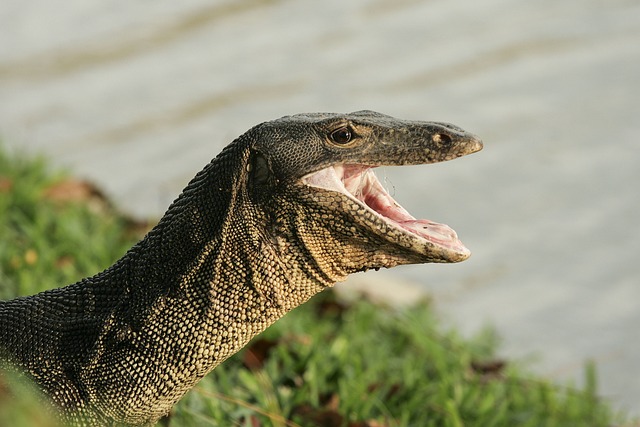 Image by SS-Lw from Pixabay
Image by SS-Lw from PixabayMonitor lizard care requires understanding their natural behavior and lifestyle, including their activity patterns.
These reptiles are diurnal, meaning they are active during the day and rest at night.
This active nature makes them fascinating to observe, as they engage in various behaviors like hunting, exploring, and basking in the warmth of their environment.
Because they are awake and alert during the day, monitor lizards also require more interaction, which is essential for socializing them.
Regular handling and gentle engagement during their active hours can help form a bond between you and your pet.
However, it’s important to remember that monitor lizards need time to themselves, so avoid overwhelming them with constant handling or attention.
In summary, monitor lizard care requires providing a stimulating and safe environment during the day when they are most active, along with regular socialization to foster positive relationships with their owners.
Monitor Lizard Care: Size and Growth Considerations
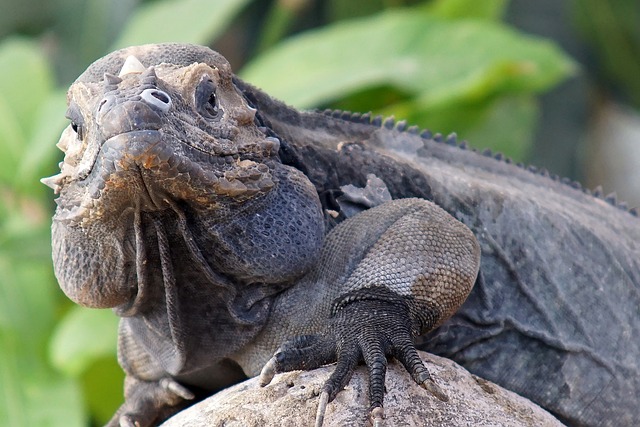 Image by Markus Kammermann from Pixabay
Image by Markus Kammermann from PixabayWhen adopting a monitor lizard, it’s essential to understand the size and growth potential of the species you are interested in.
Dwarf monitors, like the Ackie monitor, can be relatively small, reaching around a foot in length, making them a more manageable option for smaller living spaces.
However, larger species, like the Savannah monitor, can grow to an impressive 3 to 4 feet long and weigh up to 13 pounds, while some species can even reach lengths of 6 feet.
Understanding the age of the monitor lizard is also important.
Younger lizards are still growing, and they may become too large for your home or for comfortable handling as they mature.
On the other hand, adopting an older monitor means it will be fully grown, giving you a better understanding of the space and care requirements you need to meet.
By knowing the species and age of your monitor lizard, you can better plan for its care and ensure that you can accommodate its size and needs as it grows.
This consideration is key to having a healthy and happy monitor lizard as a pet.
Monitor Lizard Care: Temperature and Humidity Needs
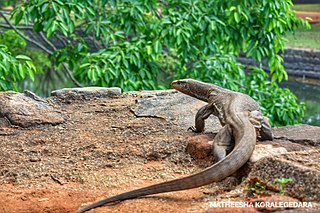 https://commons.wikimedia.org/wiki/File:The_monitor_lizard_in_the_sigiriya.jpg
https://commons.wikimedia.org/wiki/File:The_monitor_lizard_in_the_sigiriya.jpgSavannah monitors are heat-loving reptiles that thrive in a warm environment.
For optimal health and comfort, the enclosure should maintain a basking area temperature between 100 and 110 degrees Fahrenheit. This allows the monitor to regulate its body temperature and enjoy its natural behavior.
A cooler section of the enclosure should be kept around 80 degrees Fahrenheit to provide a balanced habitat.
At night, the temperature should drop to around 75 degrees Fahrenheit to mimic their natural day-night cycle.
Humidity is also a key factor in monitor lizard care.
These lizards generally do well with a humidity level of 60% in their enclosures, but they also benefit from areas with higher humidity, particularly for hiding spots. These areas can reach 79-90% humidity, allowing the lizard to stay hydrated and healthy.
It’s important to maintain these varying temperature and humidity zones to support the monitor’s natural behaviors and physiological needs.
Adjusting the humidity in different parts of the enclosure, including a lower humidity basking area and higher humidity hiding places, will help create a comfortable and stimulating environment for your monitor lizard.
Monitor Lizard Care: Enclosure Setup and Requirements
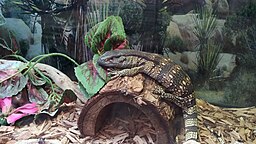 MatthewHoobin, CC BY-SA 4.0
MatthewHoobin, CC BY-SA 4.0 When setting up an enclosure for your monitor lizard, it's essential to ensure that it has enough space to move, climb, and exhibit natural behaviors.
The enclosure should be at least three times the length of your monitor, providing plenty of width and height for them to climb.
While monitor lizards enjoy climbing, they are also very strong and have sharp claws that will easily shred any decorations in their cage, so it’s best to keep them to a minimum.
To support their well-being, your monitor will need several essential features in their habitat.
Moist hiding places are crucial, as these lizards need spots where they can retreat and stay cool when necessary.
Branches and sturdy climbing structures are also a must, as they love to explore vertical space.
Additionally, a water dish large enough for the monitor to soak in or play with is essential, as they enjoy being in the water.
For substrate, paper can work well as a bottom liner, allowing for digging behavior, which is natural for monitors. Layers of paper allow your lizard to burrow and explore, mimicking the environment they would naturally seek.
To further facilitate this behavior, you can add a digging box filled with reptile soil, cypress mulch, or orchid bark, giving them a place to dig and explore.
In addition to proper space and enrichment, it’s crucial to provide UV lighting for your monitor.
These lizards require about 12 hours of UV light daily to help them produce vitamin D, which is vital for their health and overall well-being. A suitable UV light source will mimic natural sunlight and support their metabolic processes.
With a carefully designed enclosure, your monitor lizard will thrive in a safe, stimulating environment.
Monitor Lizard Care: Diet and Feeding Tips
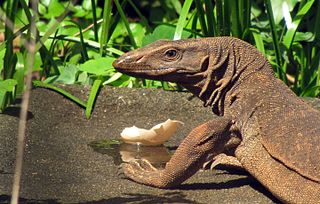 https://commons.wikimedia.org/wiki/File:Monitor_lizard_image.jpg
https://commons.wikimedia.org/wiki/File:Monitor_lizard_image.jpgMonitor lizards are carnivores, and their diet in captivity should reflect their natural preferences.
They enjoy a variety of prey, including insects, small mammals, eggs, amphibians, other reptiles, snails, birds, and other smaller animals.
To keep your monitor healthy and engaged, you can dust their food with multivitamins to ensure they are getting all the essential nutrients they need.
For added mental stimulation, consider using puzzle boxes designed for dogs or cats. These can be filled with food, encouraging your monitor to problem-solve and hunt for their meals.
When it comes to feeding frequency, adults typically need to be fed one to three times per week, depending on their size and activity level.
Overfeeding can lead to obesity, which is a common health issue for monitors, so be mindful of portion sizes and try to offer lower-fat foods when possible.
To prevent overeating or the consumption of bedding material, many monitor owners opt for a separate feeding cage that is free of any other items.
This ensures that the monitor focuses on its food and doesn’t ingest any substrate or bedding while eating.
Monitor Lizard Care: Lifespan and Health Considerations
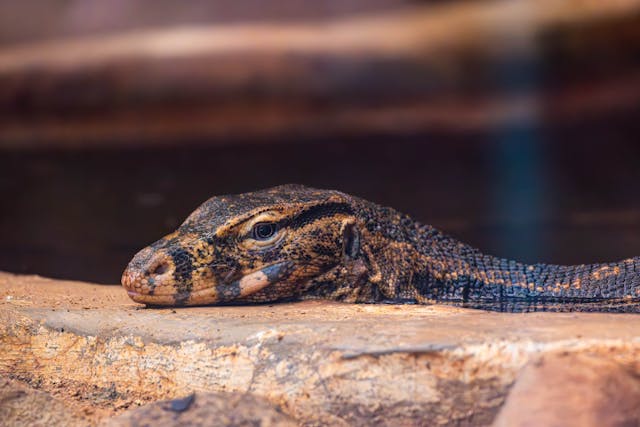 Photo by Regan Dsouza: https://www.pexels.com/photo/close-up-of-a-monitor-lizard-resting-on-rocks-29082702/
Photo by Regan Dsouza: https://www.pexels.com/photo/close-up-of-a-monitor-lizard-resting-on-rocks-29082702/Savannah monitors typically live for 10-15 years, while larger species like black-throated monitors can have a lifespan of up to 20 years.
These reptiles require long-term commitment, and potential owners should be prepared for their extended care needs.
Like many other reptiles, monitor lizards can be prone to a variety of health issues, including parasites, respiratory infections, and metabolic bone disease, especially if they do not receive adequate UVB light or proper nutrition.
Additionally, monitor lizards, like all reptiles, can carry salmonella, which can be transmitted to humans.
It is essential to follow strict hygiene practices when handling a monitor, including washing your hands thoroughly afterward, to reduce the risk of infection.
Regular veterinary check-ups and proper care can help prevent many of these health issues and ensure a long, healthy life for your monitor lizard.
To find out about other reptile pets and pets of other species, return to the Best Pet For Me List.
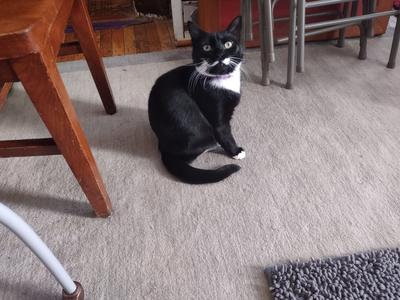


New! Comments
Have your say about what you just read! Leave me a comment in the box below.